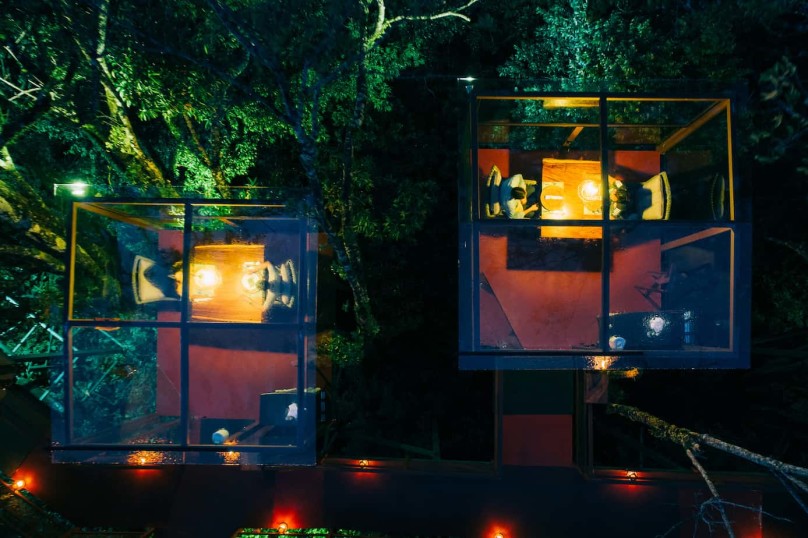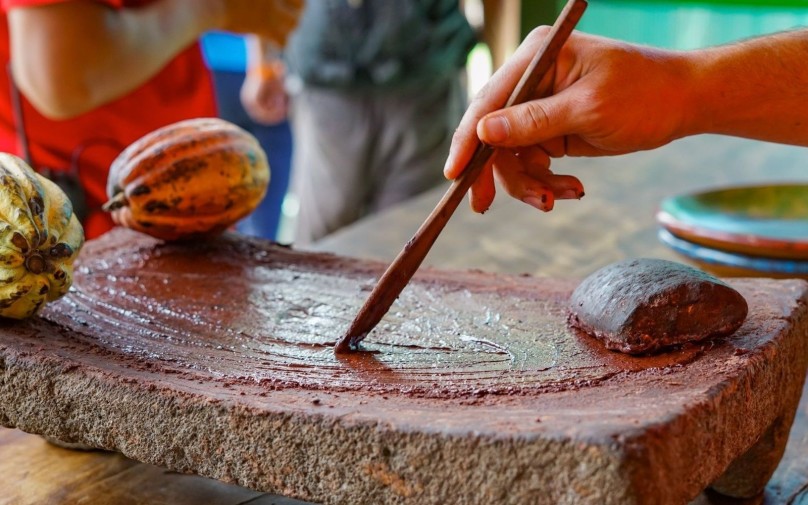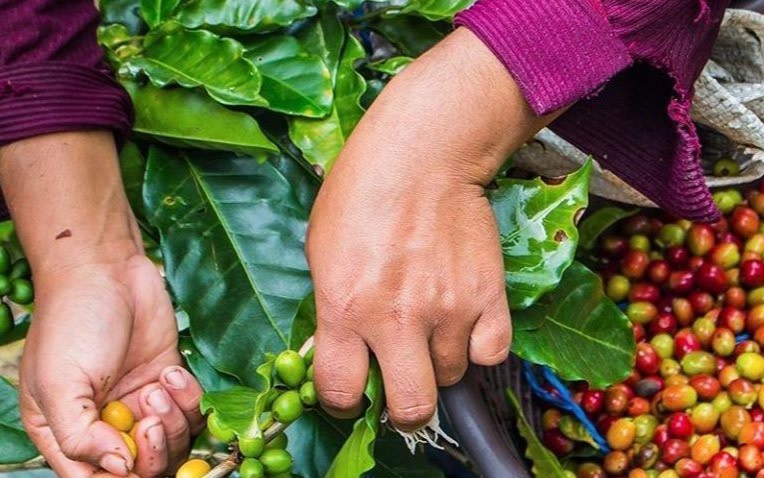
San Ramón, located in the beautiful Provincia de Puntarenas, Costa Rica, is a hidden gem that offers a perfect blend of natural beauty and cultural richness. This charming town is surrounded by lush green landscapes and is known for its warm and welcoming locals. One of the must-do activities in the area is the River Safari which allows you to immerse yourself in the tranquility of the forest and observe the diverse wildlife that calls this region home. For those who love adventure, the Kayak Safari offers an exciting way to explore the tropical forest and discover its exuberant flora and fauna. Whether you’re a nature enthusiast or simply looking to unwind, San Ramón has something for everyone. The town itself is a delightful place to explore, with its vibrant markets, charming cafes, and friendly atmosphere. Come and experience the magic of San Ramón, where every corner has a story to tell and every moment is a new adventure.
San Ramón, located in the beautiful Provincia de Puntarenas, Costa Rica, is a hidden gem that offers a perfect blend of natural beauty and cultural richness. This charming town is surrounded by lush green landscapes and is known for its warm and welcoming locals. One of the must-do activities in the area is the River Safari which allows you to immerse yourself in the tranquility of the forest and observe the diverse wildlife that calls this region home. For those who love adventure, the Kayak Safari offers an exciting way to explore the tropical forest and discover its exuberant flora and fauna. Whether you’re a nature enthusiast or simply looking to unwind, San Ramón has something for everyone. The town itself is a delightful place to explore, with its vibrant markets, charming cafes, and friendly atmosphere. Come and experience the magic of San Ramón, where every corner has a story to tell and every moment is a new adventure.


























